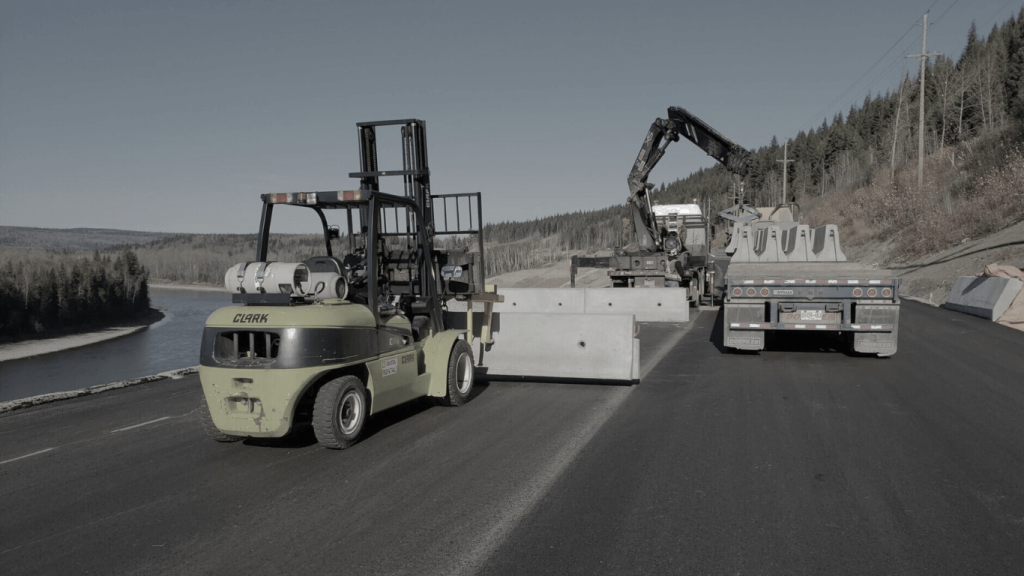Concrete sealers are essential for protecting your concrete surfaces from water penetration, staining, corrosion, and freeze-thaw damage. Applying sealer is a critical step in the concrete installation process, whether for residential, commercial, or infrastructure projects.
However, to ensure the effectiveness of sealers, it’s important to follow certain best practices and avoid common pitfalls. Here are our expert dos and don’ts when using concrete sealers:
DO
Choose the Right Sealer for Your Project
Different environments and types of concrete require specific sealers. For example, a driveway exposed to harsh weather and heavy vehicles will benefit from a different sealer than an indoor concrete countertop. Evaluate the sealer based on the concrete’s location, exposure, and expected wear and tear.
Prepare the Surface Thoroughly
Effective sealer application starts with proper surface preparation. Ensure the concrete surface is clean, dry, and free of any previous coatings, dirt, oil, or grease. This may involve power washing outdoor surfaces or using specialized cleaning agents for tougher stains.
Apply Sealer at the Right Time
The timing of sealer application can significantly affect its performance. For new concrete, wait until it has cured fully—typically 28 days after pouring. Applying sealer too early can trap moisture, leading to cloudiness or weakened adhesion.
Follow Manufacturer’s Instructions
Each sealer comes with specific instructions regarding application methods, drying times, and necessary coats. Adhering to these guidelines ensures optimal performance and longevity of the sealer.
Use Proper Tools and Techniques
The tools and techniques used for sealer application can vary. Rollers, sprayers, and brushes are common, but each has its best use scenario. Ensure even coverage by applying the sealer in thin, uniform coats.
DON’T
Skimp on Surface Preparation
Skipping thorough cleaning and preparation can lead to poor sealer adhesion and performance. Even if the surface looks clean, invisible residues can impair the sealer’s effectiveness.
Ignore Weather Conditions
Ideal weather conditions are crucial for applying sealer. Avoid application during extreme temperatures or when rain is expected within 24 hours. High humidity and direct sunlight can also affect drying times and sealer performance.
Apply Too Much Sealer
Over-application can lead to issues like flaking, peeling, or a slippery surface. It can also trap moisture beneath the sealer, leading to cloudiness or blushing. Aim for thin, even coats, allowing proper drying time between applications.
Use the Wrong Sealer Type
Using an indoor sealer for an outdoor application, or vice versa, can result in premature failure. Sealers designed for interior use may not withstand UV exposure or temperature fluctuations, while some exterior sealers may be unsafe or impractical for indoor use.
Neglect Maintenance
Even the best-sealed concrete requires periodic maintenance. Regular cleaning and reapplication of sealer according to the manufacturer’s recommendations will extend the life and appearance of your concrete surfaces.
Thinking Of Trying Out A Concrete Sealer?
Concrete sealers play a vital role in protecting and enhancing concrete installations, from driveways and patios to precast products. By following these dos and don’ts, you can ensure your concrete projects remain durable, attractive, and functional for years to come.
For more information on concrete sealers, tools, and supplies, visit Wilson Concrete. Our expertise is built on a foundation of quality, service, and a commitment to excellence in everything we do.

